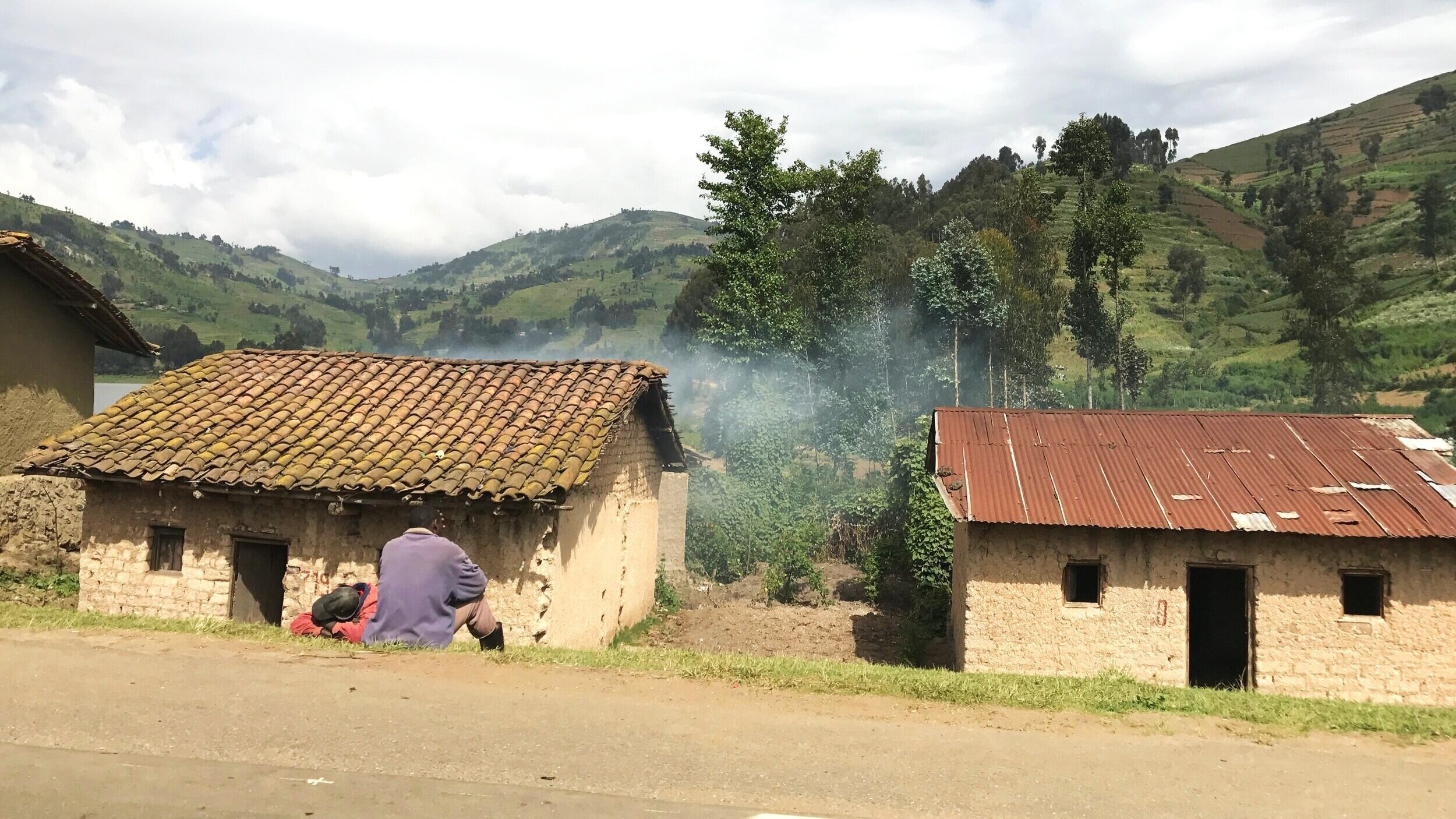Housing for All
There's a gap.
Millions of people are unhoused that are in need of affordable housing and there are affordable materials that are underutilized.
Nearly one quarter of the world’s urban population, 883 million people, live in informal settlements. (UN Special Rapporteur)
We are violating human rights.
The Universal Declaration of Human Rights states that we all have a right to adequate housing.
“Everyone has the right to a standard of living adequate for the health and well-being of himself and of his family, including food, clothing, housing and medical care and necessary social services, and the right to security in the event of unemployment, sickness, disability, widowhood, old age or other lack of livelihood in circumstances beyond his control ”
This is not just happening in the developing world.
Indigenous communities are dealing with some of the worst living conditions in developed countries including the United States, Australia, New Zealand and Canada.
“Although such reserves and reservations are found in some of the richest countries in the world, they are characterized by deplorable housing. ”
Many reservations and reserves have contaminated water, overcrowded conditions and no basic services. Some reservations have have declared a state of emergency due to toxic chemical levels in the water. According to the UN Special Rapporteur's report on The Right to Adequate Housing of Indigenous Peoples, the United States Department of Housing and Urban Development showed that 34% of households on reservations had one or more physical problems, compared with only 7% for other households. These subpar living conditions of course are due to colonization, the dispossession of land, and territories and resources.
We need more housing that works for and with communities around the world.
Many communities are kept from using traditional building materials which can and would be an asset to sustainable architecture. Why use processed materials shipped from Germany (large embodied carbon footprint) to design Passive Houses, when we can use the earth beneath our feet?
Earthen construction has not been standardized in most of the world.
Why not?
Building codes
Lack of consolidating research that has been done
Concrete brainwashing
Lack of education to developers
Constraint on seasonal construction times (if you're in harsh weather conditions)
Straw bale home with earthen floor and plaster in Rwanda by BBOX
In short, building codes create boundaries to implement cheap and available materials to build affordable housing in urban settings.
““[It’s about] deep pockets and attitudes towards risk. A government would never do it.” And there’s another good reason to use earthen blocks, which is that they provide an alternative to concrete, which is a major contributor to global warming and rising air conditioning costs. “Any way we can use less concrete, that’s a good thing.” ”
We want to solve this problem by continuing to build the network of those that have done the research, implemented successful projects with earthen construction and those that are passionate about solving the housing crisis, so we can change the system together.
Join the movement.
Educate yourself more about how to build with earth
Keep up with the issues of houselessness around the world
Sign up to follow the organizations the listed below!



